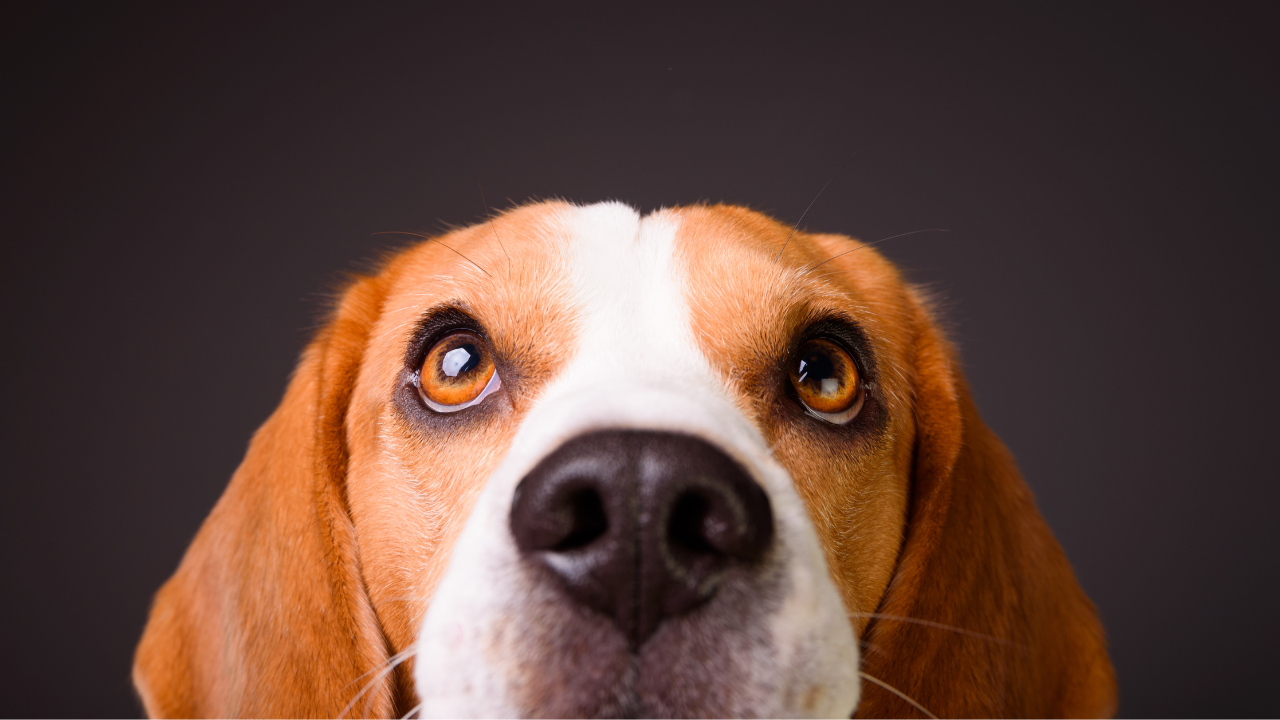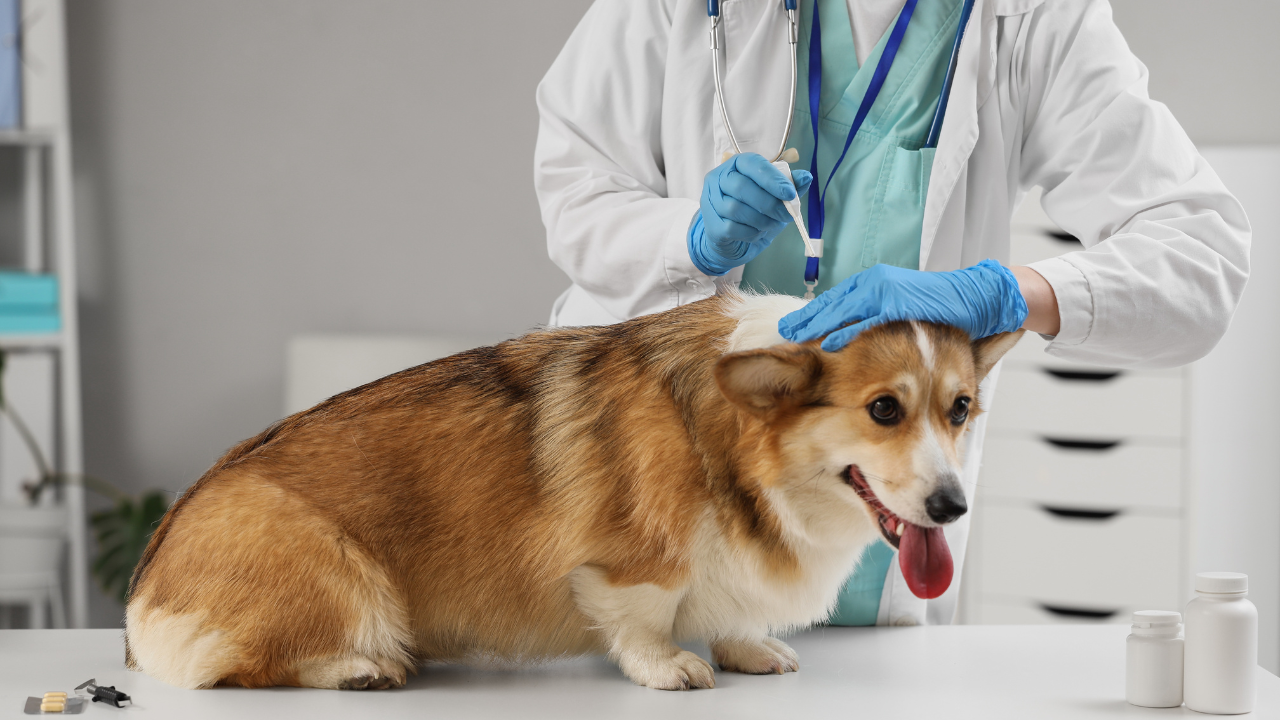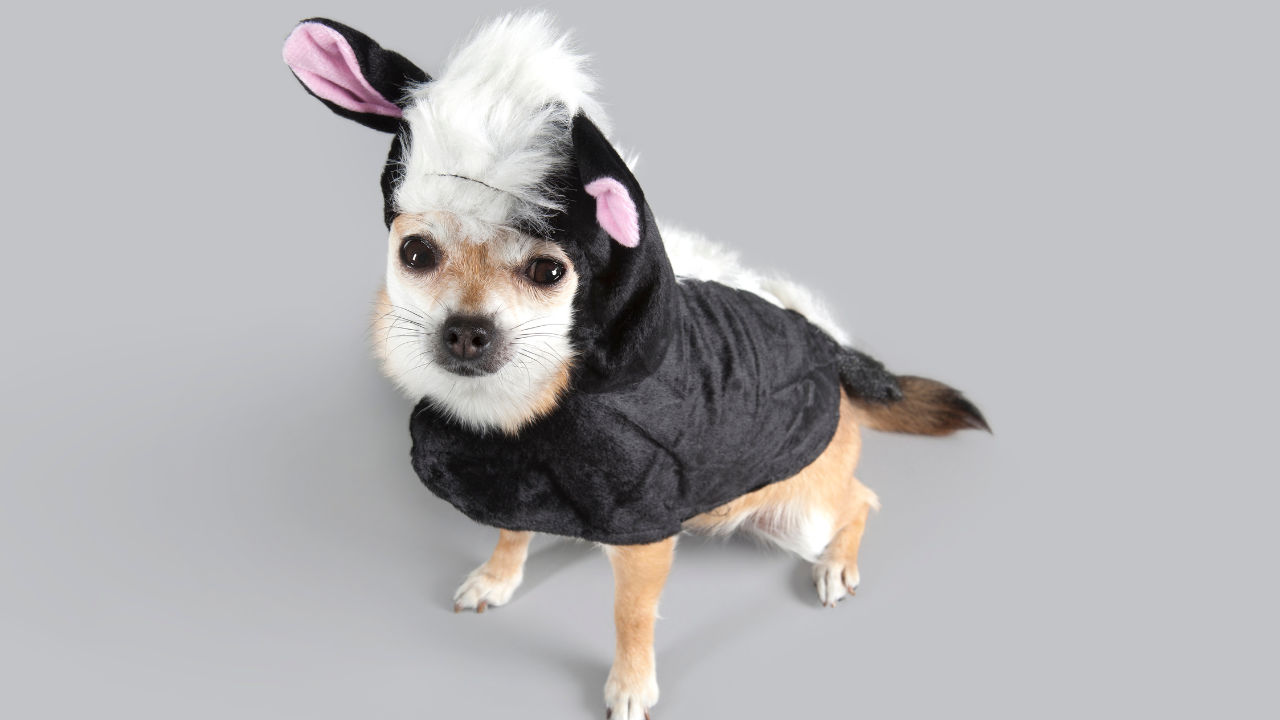How to Dry a Dog After a Bath: Easy and Safe Tips for Pet Owners

Giving your dog a bath is essential for their health and hygiene. But what many pet owners overlook is the drying process after the bath. Properly drying your dog is just as important as washing them. It helps prevent skin infections, keeps your dog comfortable, and maintains their coat’s natural shine. If you’ve ever wondered what the best way to dry a dog after a bath is, this guide will walk you through simple, safe, and effective steps to get the job done right.
Whether you have a fluffy Golden Retriever or a short-haired Beagle, drying your dog can be easy and stress-free. Let’s explore why drying matters, what tools to use, and how to keep your dog calm during the process.
Why Properly Drying Your Dog After a Bath Is Important
Drying your dog after a bath isn’t just about removing water. When your dog’s skin remains damp for too long, it can lead to irritation and infections, especially in folds or thick fur. Moist environments also encourage bacteria and yeast growth, which cause unpleasant smells, allergies, and recurring skin problems like dog itching.
Moreover, a wet dog can get cold quickly, especially in cooler weather, which may cause discomfort or even illness. Drying helps regulate your dog’s body temperature and keeps them happy after their bath.
Finally, thorough drying prevents matting in dogs with longer fur. Wet mats are harder to brush out and can become painful for your pet. Overall, knowing the best way to dry a dog after a bath promotes a healthier, happier pup.
Tools You’ll Need to Dry Your Dog After a Bath
Before you start drying, gather the right tools. These simple items can make a big difference in results and safety.
- Highly absorbent dog towel - Prefer microfiber for maximum absorption.
- Dog hair dryer - Dog dryers use high-velocity airflow instead of heat, making them safer, quieter, and more effective for drying.
- Grooming brush or comb - Especially useful for detangling wet coats.
- Non-slip mat or grooming table - To keep your dog stable while drying.
- Detangling spray - Helps with brushing and coat management pre- and post-bath.
- Ear wipes - Prevent water from lingering inside the ears.
- Happy Hoodies – Helps minimise dryer noise, reducing anxiety and providing protection for the ears.
Having these ready helps you move through the drying process quickly and safely.
How to Dry a Dog After a Bath in 4 Simple Steps

Ready to begin? Follow these four easy steps to dry your dog safely and effectively:
Step 1: Towel Dry Thoroughly
Right after the bath, wrap your dog gently in an absorbent towel. Press the towel lightly on their coat to soak up excess water. Avoid rubbing vigorously, which can tangle fur and irritate the skin. Use multiple towels if needed. Focus on hard-to-reach spots like under the belly and behind the ears.
Step 2: Use a Pet Dryer (Optional but Effective)
Place dry cotton wool balls in the dog’s ears or use a Happy Hoodie to help reduce dryer noise and minimise stress. If your dog tolerates noise, a dog hair dryer is the best way to dry a dog after a bath. Make sure the dryer is set to a low or medium heat. Keep the nozzle at least 6 inches from your dog’s skin to prevent burns. As a professional groomer, you will use a high-velocity dryer to remove at least 85% of the moisture from the coat, followed by a heat-element dryer or handheld hairdryer for the fluff drying process.
Move the dryer in the direction of hair growth. Dry the back, tail, legs, and chest first. Finish with the ears and face using only your hands or a towel; never direct heat near the eyes or ears.
Step 3: Brush During the Process
Use a slicker brush and lightly mist the coat with a brushing spray to detangle fur while drying. This helps prevent matting and allows air to reach the skin and undercoat, especially in long-haired breeds. Always be gentle to keep your dog comfortable.
Step 4: Final Check
To make sure the dog is completely dry, run your fingers through the coat down to the skin. If the skin feels damp, continue drying until it's fully dry. Check ears, paws, and tail tips carefully as these areas dry more slowly.
Drying Tips for Different Dog Coat Types
Every dog coat is unique, so the drying process varies by breed and fur type.
- Short-haired dogs: These dry fastest. Towelling is often enough, but you can add a quick blast from a cool dryer setting to finish.
- Double-coated breeds: Dogs like Huskies or Golden Retrievers have dense undercoats. Use a high-velocity pet dryer to reach the undercoat or allow extra drying time. Brush frequently to prevent mats.
- Long-haired dogs: Drying takes more time and care. Use microfiber towels to reduce friction and a low-heat dryer. Brush while drying to avoid tangles. Blow the air in the direction of the hair growth.
- Wiry coats: Use a high-velocity dryer to blast out moisture and loose undercoat. Dry in the direction of hair growth to avoid frizzing the coat.
- Curly coats: First, use a high-velocity dryer to remove most moisture (about 85%). Then switch to a handheld or stand dryer with gentle heat for fluff drying. Use a slicker brush while drying to stretch and lift the curls, brushing against the direction of growth for volume and smoothness.
Adjust drying time and tools to your dog’s coat for the best results.
How to Keep Your Dog Calm During Drying

Drying your dog can be stressful if your dog is aggressive or anxious. To keep them calm, start by using positive reinforcement; reward relaxed behavior with treats or praise. Always introduce the dryer gradually. Let your dog hear and sniff it before turning it on. Use low or no heat settings and keep the dryer moving to avoid discomfort.
Create a calm space by drying in a quiet, familiar area. A non-slip mat adds comfort and security. You can also break drying into short sessions, giving your dog time to rest in between.
To keep your dog distracted, try a lick mat with peanut butter or their favorite interactive toy. After a walk, dogs are usually more relaxed, making drying easier. Speak gently, stay calm, and avoid sudden movements.
These mindful, soothing steps can turn drying into more than a chore, many pet owners describe the process as therapeutic, much like spirituality in their daily life, offering peaceful bonding moments with their dogs.
How Long Does It Typically Take to Dry a Dog?
Drying time depends on your dog’s behavior, size, coat type, and method of drying. Here’s a general guideline:
|
Coat Type |
Drying Time (Approx.) |
|
Short coat |
15–25 minutes |
|
Medium coat |
30–40 minutes |
|
Long or curly coat |
45–60 minutes |
|
Double coat |
Up to 90 minutes with drying tools |
If you're air-drying, it may take several hours, especially in humid conditions. However, air drying is not recommended in colder seasons or for thick-coated dogs.
Speed Up Your Grooming Process with PDGA's Expert-Led Online Training

Looking to speed up your grooming process without sacrificing quality? PDGA’s expert-led online training is the perfect solution! Designed for both professional groomers and pet owners, our courses teach efficient grooming techniques that save time while keeping pets comfortable and safe. Learn how to handle everything from basic baths to drying and brushing with confidence.
Our step-by-step lessons cover essential skills, including managing different coat types and calming nervous or aggressive dogs. With flexible online access, you can train at your own pace anytime, anywhere. Whether you want to improve your grooming speed, enhance your skill set, or start a career in pet grooming, PDGA’s courses provide all the skills you need.
Join thousands of satisfied learners who have transformed their grooming routine. Enroll in PDGA’s online training today and experience faster, easier, and more professional grooming results!
Wrapping up
Knowing the best way to dry a dog after a bath keeps your pet healthy, comfortable, and happy. Drying is not just about removing water but preventing skin problems, matting, and discomfort. With the right tools, gentle techniques, and patience, drying your dog becomes a stress-free part of your grooming routine.
Remember to tailor your approach based on your dog’s coat type and personality. Use absorbent towels, a quiet dryer on low heat, and plenty of brushing. Keep your dog calm with positive reinforcement and patience. Avoid common drying mistakes that can cause harm.
Next time you give your furry friend a bath, follow these easy, safe tips for drying, and watch your dog enjoy the fresh, clean feeling even more.



